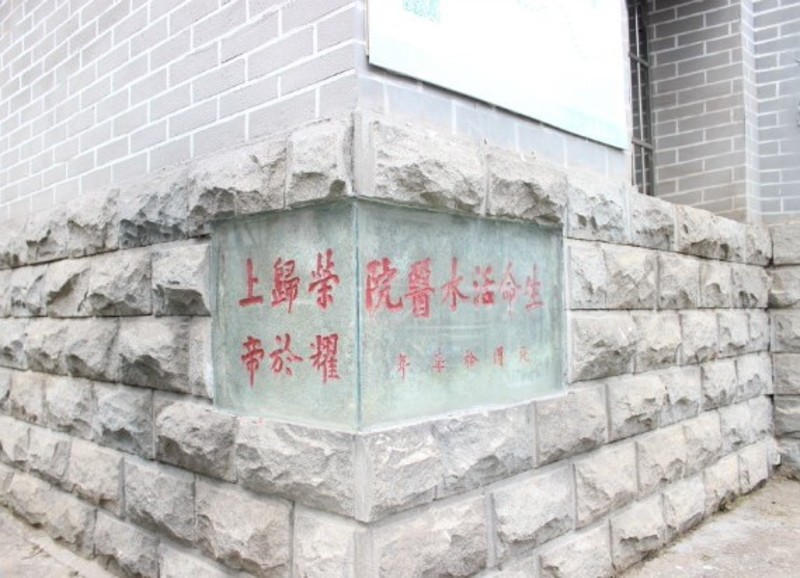Many hospitals in Chinese cities, particularly along the coasts or along the Yangtze River, were originally founded by western missionaries. After the missionaries left in the 1950s the hospitals were nationalized and, in many cases, became the leading hospitals in the community. They serve as important and interesting legacies of the work of the missionaries. Recently the Gospel Times published an article about one such hospital in Jiujiang, Jiangxi province, founded more than 100 years ago by Methodist Episcopal missionaries.

Century-old Hospital in Jiujiang, Formerly Built by Methodist Missionary
As one of the five cities along the Yangtze River in China, Jiujiang was a designated treaty port where foreign missionaries from different denominations established their work, running hospitals and schools that trained new preachers.
However, a century later, very few of the properties owned by the churches have been preserved. The government took over the schools and hospitals; and many old churches and parsonages disappeared during the transformation of the old city.
In addition to an old church in the city, one of the few architectural legacies of the missionaries and their work is the Jiujiang First People's Hospital. The cornerstone on the building says “Glory to God.” It was built in 1893 by an American church and was originally named the “Living Water Hospital.” Inside the hospital there is a historical plaque which reads:
In 1867, two Methodist Episcopal missionaries, Mr. Harley and Mr. Tauly, came to Jiujiang from Fuzhou. They established a church and the Empty Port (Bulang) Primary School by Shiqiao Ko outside the city, an area that corresponds to the present-day Pengpu Road. In 1893, the missionaries opened a clinic next to the primary school and named it "Living Water,” meaning that the clinic was a place where the water of life was given. Another Methodist Episcopal missionary, Edward Carter Perkins, came to Jiujiang in 1915. Under the direction of Dr. Perkins, the clinic expanded into the Water of Life building. According to historical records, Mr. Sun Yat-sen inscribed the name of the building.
In the spring of 1927, during a fundraising land auction by the Jiujiang Municipal Government, the hospital purchased an area near South Taling Road (the current location of the hospital) for hospital renovation. The foundation laying ceremony of the new Living Water hospital was held on the afternoon of July 7, 1927, and the construction was completed by the end of the same year. The four-story colonial style building was built in the shape of a “U,” and the surrounding garden was planted in the shape of "S". From an aerial viewpoint, the entire complex comprised the word "US." The hospital stood comfortably under the canopy of the ancient camphor trees. Together, they represented the harmonious encounter of the West with the East. At the time, the hospital had 80 beds and multiple divisions, including a medical department, surgical department, ophthalmology department, a laboratory, as well as an operating room.
As a witness to the revolutionary changes of the past century, Water of Life building was designated as a municipal heritage conservation site in 1991. The local government constructed a musical fountain square with an area of 3400 m2 (or 0.84 acre) within the hospital grounds. The building has developed into a modern, garden-style, comprehensive hospital specializing in patient care, treatment, teaching, rehabilitation, and clinic research.
Original article: 江西九江第一人民医院:孙中山曾亲题院名“生命活水” (Gospel Times)
English Translation: Century-old Hospital in Jiujiang, Formerly Built by Methodist Missionary (China Christian Daily)
Edited and adapted with permission.
Image credits: China Christian Daily.
Are you enjoying a cup of good coffee or fragrant tea while reading the latest ChinaSource post? Consider donating the cost of that “cuppa” to support our content so we can continue to serve you with the latest on Christianity in China.
